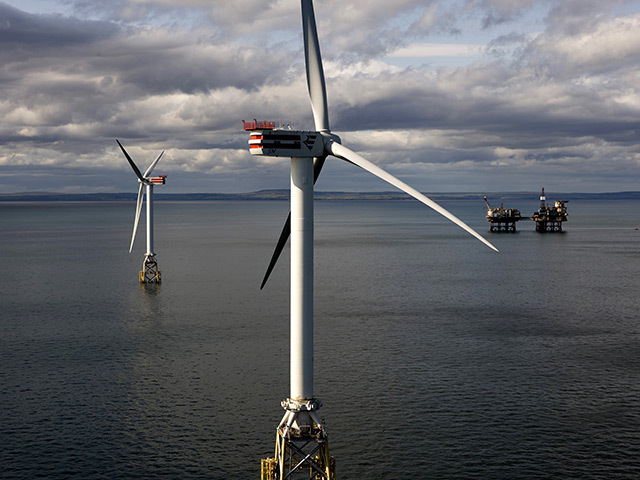
Scottish energy giant SSE has warned the prospects for investment in Great Britain are “not encouraging”, after admitting it is set to review its offshore wind energy portfolio.
The firm today said it was disappointed that neither the proposed Galloper or Beatrice offshore windfarm developments had been included in a UK government list of ten “provisionally affordable schemes” announced in December last year.
SSE has a 50% stake in the Galloper scheme off the Suffolk coast, and a 75% stake in the Beatrice offshore windfarm in the Outer Moray Firth.
Only one Scottish scheme – the Beinn Mhor windfarm on the Eisgein Estate on the Isle of Lewis – was included in the list which aims to determine what projects will be the first to secure subsidy support under the new Contracts for Difference, developed as part of the UK Government’s electricity market reform.
As a result, the utility giant says it will complete a “wide ranging review of its offshore wind development portfolio” by the end of the financial year.
“This is one example of why there is greater uncertainty about the shape and extent of SSE’s capital and investment programme in the five years from 2015, and it is likely to be lower than the £1.5billion to £1.7billion range invested in each of the years since 2010,” SSE said today.
“SSE believes it has, and wishes to maintain and invest in, a diverse generation portfolio that helps to keep the lights on for people, business and organisations by being availabile, reliable and flexible. The prospects for investment in generation assets in Great Britain are, however, not encouraging.”
In December last year Scots energy firm Scottish Power shelved plans for a massive 1.8GW windfarm off the coast of Tiree.
The firm said the £5bn Argyll Array project, which would have been one of the largest offshore wind developments in Europe, had been put on hold because wind turbine technology was not advanced enough to deal with problems identified during the scoping phase.
This announcement came weeks after another major offshore wind scheme – the £3bn Atlantic Array in the Bristol Channel – was axed by developer RWE on the grounds of “technological challenges and market conditions”.
Recommended for you
